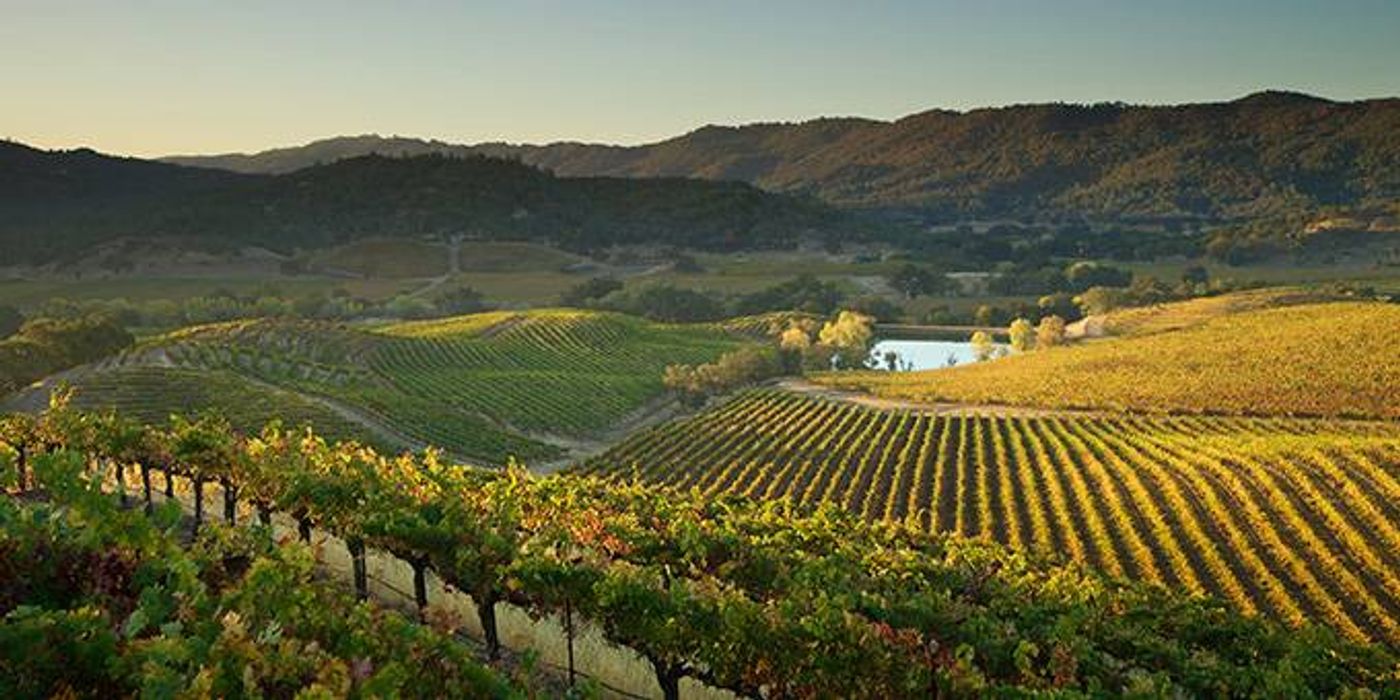Napa Valley: too much of a good thing?
Napa Valley. Even just the name has a ring to it, bringing up images of orderly vineyards and clinking wine glasses with the setting sun as a backdrop. But a new investigation from a coalition of residents and longtime winemakers is making us ask a new question: what are the environmental costs of the explosion of agriculture that has overtaken the valley in the last decades?
Napa Valley used to be covered with oak trees. Now, walking through the valley, all you see is vine after vine after vine. So much of the original woodland has been cleared (95%), that this group of locals, who have named their initiative Measure C, are calling for a cap for the amount of oak woodland that could be cleared for future vineyards. They’re hoping to protect the small percentage of trees that still root into the valley’s hillsides.
Winemakers purposely limiting their own winemaking crops for the sake of ecological preservation? Talk about an agricultural revolution.
There are approximately 500 wineries in Napa County, and roughly 3.5 million tourists grace the stretch of land a year. While the valley used to be an agricultural hotspot for many types of produce, fruit trees, and livestock, it is now definitively monocultural. That’s concerning, from an ecological and biodiversity standpoint. The agricultural industry has also had an impact on the valley’s watershed, and members of Measure C worry that predicted further development (a 2010 management plan estimated that by 2030, up to 3,065 acres of mixed woodland could be lost due to vineyard development) would devastate the region.
“Forests are the best negative emissions technology we have,” says Jim Wilson, one of the leaders of Measure C. “Should Napa’s wine industry get a pass? When you take forest out, you negatively impact carbon sequestration,” he elaborates. The trees play a crucial role in capturing rain and replenishing groundwater, he explains, while their root systems prevent soil erosion.
As to be expected, not everyone is in agreement with Measure C’s stance on halting development. Big industry such as Treasury Wine Estates, Gallo and Constellation – which own brands such as Corona and Svedka vodka – and have smaller wineries in the valley are staunchly opposed, as is to be expected. “The real issue here is power,” says local 90-year-old environmental advocate Ginny Simms. “Opponents want to run the county in a way that is favorable to the expansion of all wineries and wine events. Which leaves the people of Napa voiceless.” Voters will decide on a proposal by early June.
Sources: The Guardian









